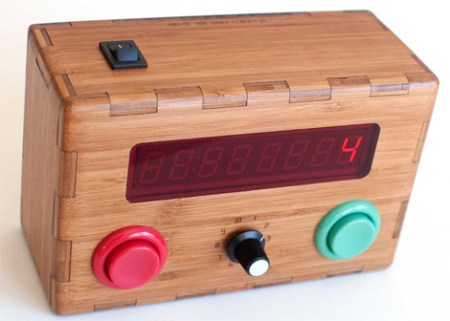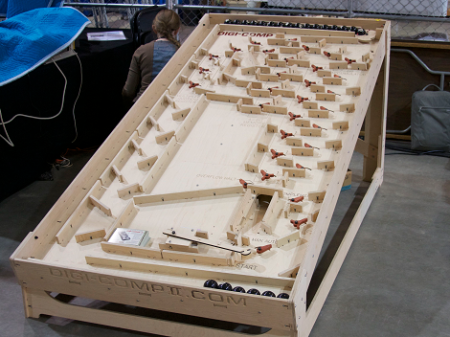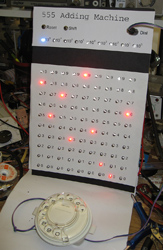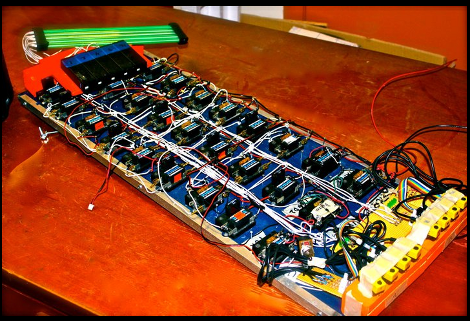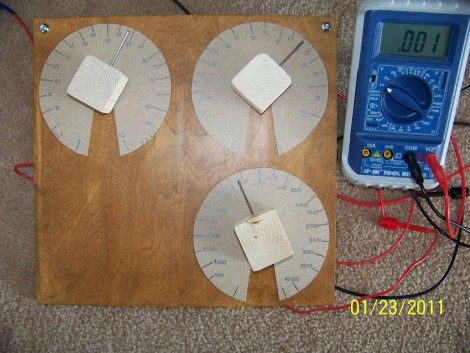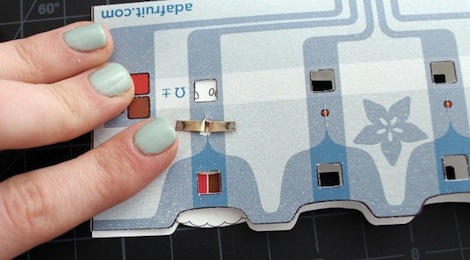
The Adafruit blog just posted a neat papercraft resistor calculator. If you haven’t yet learned the horribly offensive mnemonic for resistor color codes, now’s your chance to have a cheap and portable resistor value reference.
This papercraft resistor calculator is the latest in the family of Circuit Playground tools that include a fabulous electronic reference app we reviewed some months ago. Instead of an Android or iOS device, the papercraft resistor calculator runs on its own mechanical computer; a series of four printed disks and some paper fasteners.
If you’d like to print out your own resistor calculator, Adafruit put up the PDF on GitHub and posted the Illustrator file on Thingiverse for easy editing. It’s not the old-school cool of a slide rule, but we could easily see this resistor calculator being useful if you’re ever lucky enough to teach electronics to children. At least then you won’t have to share that offensive mnemonic.


